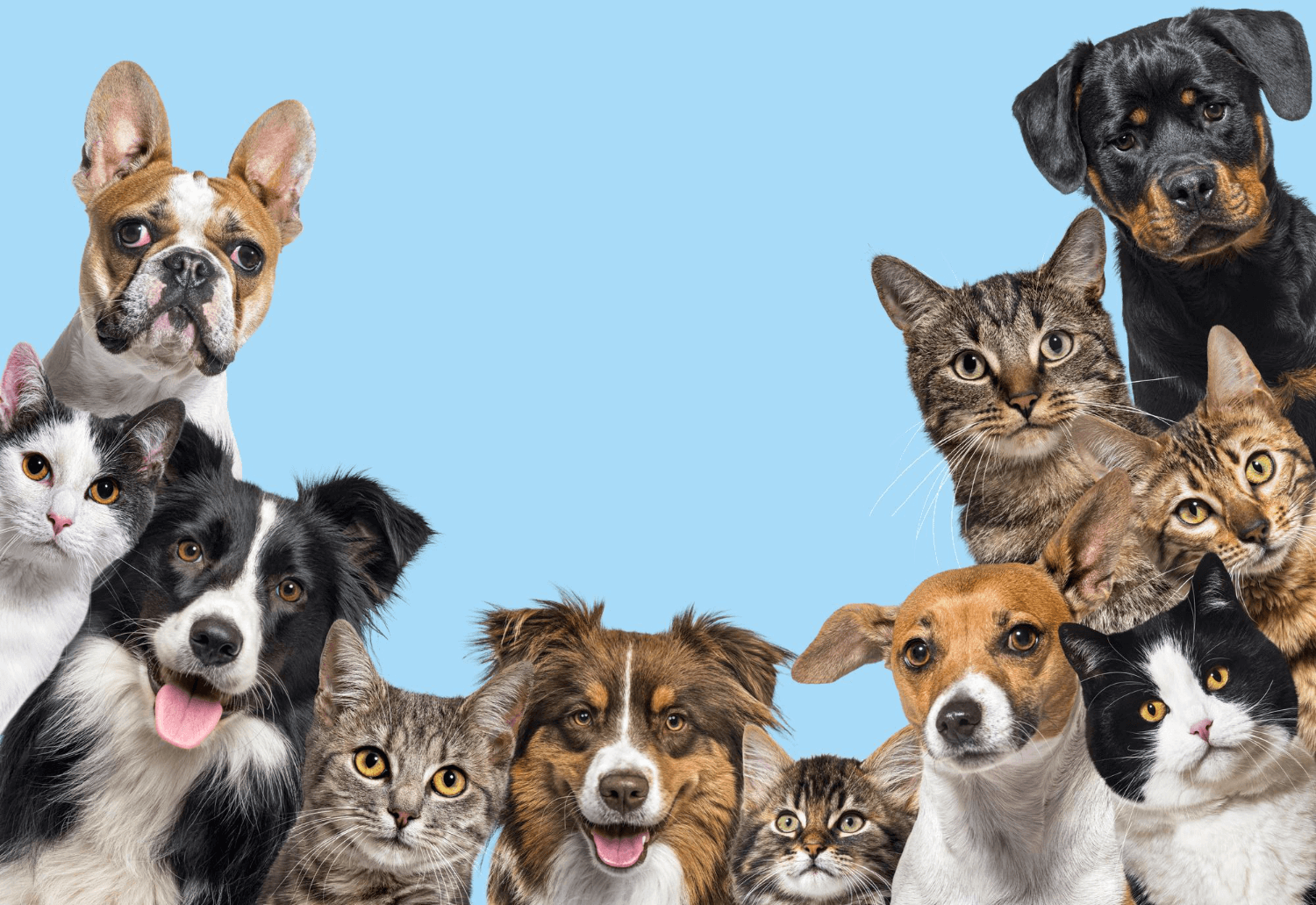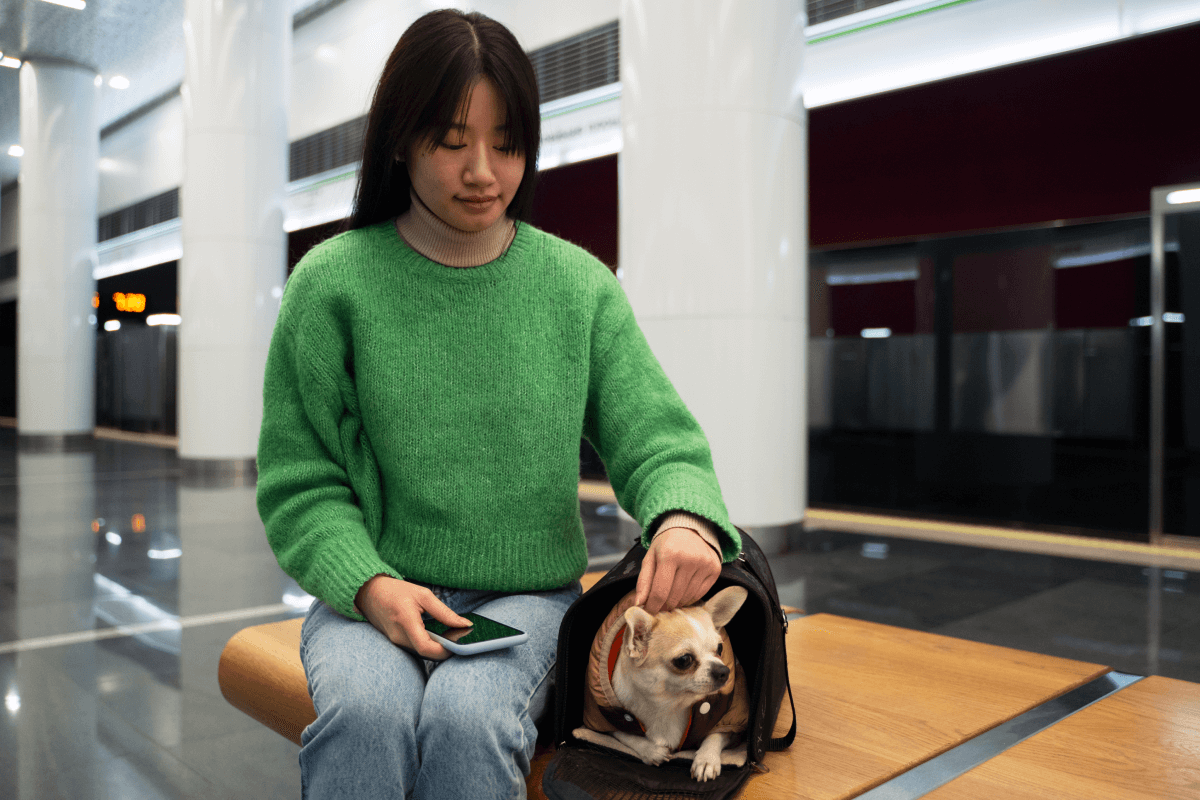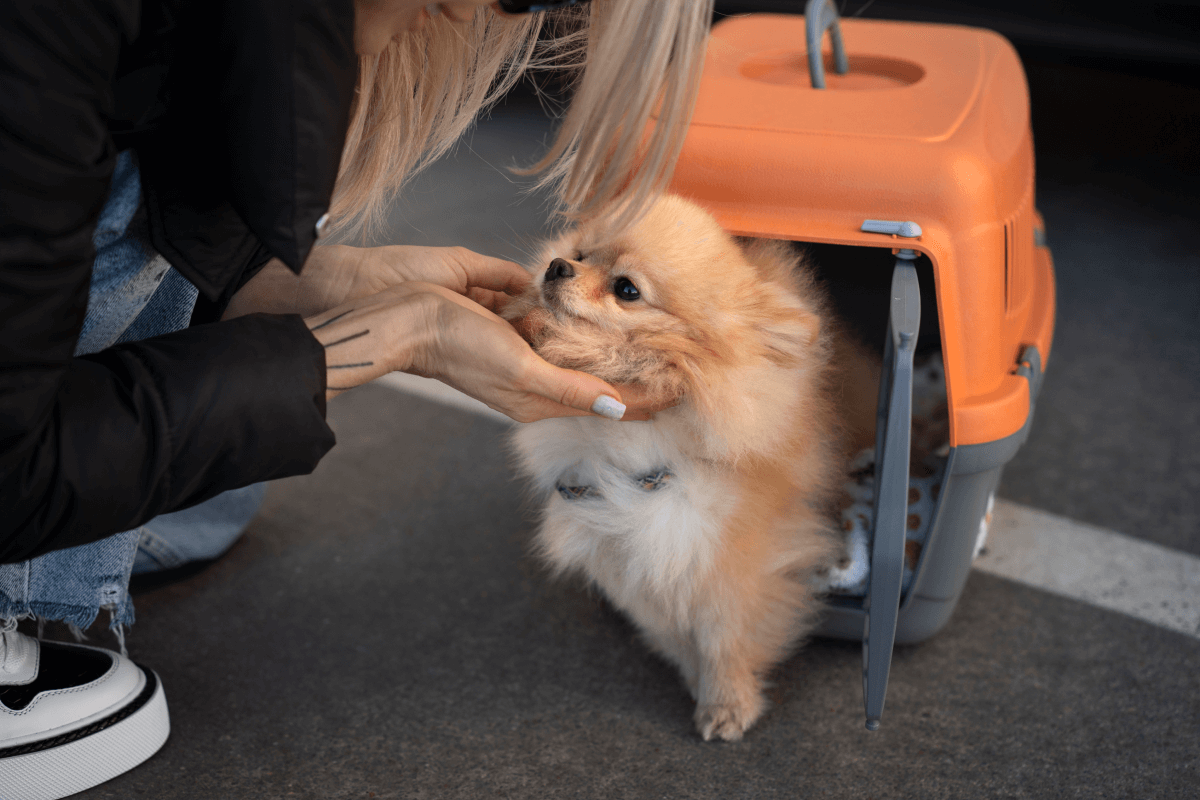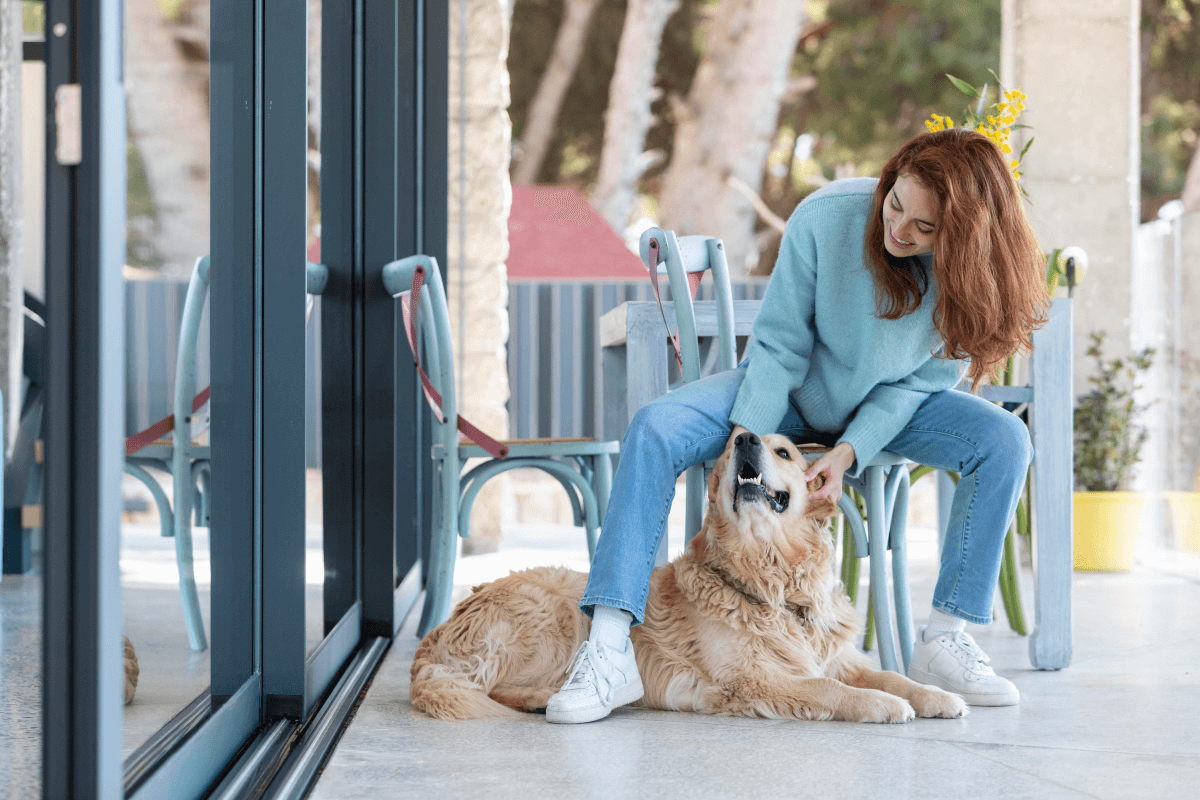Pet Peeves List: 50+ Most Common Pet Peeves
A Peeve is a thing you can get experience with yourself and others almost every day. It tells and explains a person including his/her own actions and the way of thinking, it involves emotions and a little frustration as it comes. Whether you like it or not, how exactly does it happen and how can you get rid of it?
What Do You Mean by Pet Peeves?
A pet peeve is an inconvenience that someone can never stop grumbling about. Although, it might be the smallest thing in the world. But, for the person it might be a chance to let out everything they have inside them. A pet peeve can affect our relationships with pets, influencing how we interact and care for them.
Why Do Pet Peeves Matter?
Pet peeves can readily transform into motivation, even though they can begin as frustrations. If you have pet peeves, it’s likely that you have an opinion and are considering a possible remedy.
Additionally, resolving pet peeves helps in boundary-setting and routine-setting that is useful to both the owner and the pet. This knowledge encourages tolerance and compassion, which strengthens the relationship and makes the companionship more pleasurable.
Ultimately, it’s better to be mindful so that it can lead to a happy home to everyone involved.
Pet Peeves List: 50+ Most Common Pet Peeves
When it comes to pets, they bring joy, love, and companionship, but they can also test our patience with their quirky habits and behaviors. Pet-related pet peeves often stem from challenges in managing their behavior or even how others treat their pets. Here’s a list of common pet peeves regarding pets, both from pet owners and those who interact with them.
1. Pets Begging for Food at the Table
While it might seem cute, constant begging during meals can disrupt mealtime and reinforce bad behavior.
2. Owners Not Picking Up After Their Pets
Leaving pet waste in public spaces is not only unpleasant but also unhygienic and inconsiderate.
3. Dogs Barking Excessively
Continuous barking, especially late at night or in quiet neighborhoods, can be annoying to both owners and neighbors.
4. Pets Scratching Furniture
Cats and dogs that scratch couches or chairs can ruin furniture and strain relationships with their owners.
5. Untrained Pets Jumping on Guests
Some pets enthusiastically jump on visitors, which can be overwhelming or even frightening for some people.
6. Pet Hair Everywhere
Pet fur on clothes, furniture, and floors can be a hassle to clean and maintain.
7. Pets Knocking Things Over
Whether it’s a wagging tail or a curious paw, pets often knock over items, creating unexpected messes.
8. Owners Who Let Their Dogs Roam Off-Leash in Public Spaces
Unleashed dogs can cause anxiety for other pets, their owners, or people who aren’t comfortable around dogs.
9. Pets Chewing Shoes or Other Valuables
Chewed-up shoes, furniture, or important items can lead to frustration and financial losses.
10. Dogs That Pull on the Leash
Walking a dog that constantly pulls can be tiring and frustrating for the owner.
11. Overfeeding Pets by Guests or Family Members
Well-meaning visitors giving pets too many treats can lead to health issues and reinforce bad habits.
12. Pets Digging Holes in the Yard
Dogs that love to dig can leave your garden or yard looking like a minefield.
13. Cats Knocking Things Off Shelves
It might be amusing at first, but it can get irritating when cats purposefully knock over fragile or important items.
14. Owners Dressing Their Pets Excessively
While a sweater for cold weather is practical, dressing pets in elaborate outfits daily can seem unnecessary to some.
15. Pets Waking You Up Too Early
Pets that demand food, attention, or walks at the crack of dawn can disrupt your sleep routine.
16. Dogs That Chase People or Cars
Uncontrolled chasing behavior can be dangerous for both the dog and others.
17. Ignoring Basic Pet Grooming
Pets with overgrown nails, matted fur, or bad odors can be uncomfortable for both the animal and those around them.
18. Cats That Use Houseplants as Litter Boxes
Cats mistaking planters for their litter box can damage plants and create messes.
19. Pets That Refuse to Listen to Commands
Disobedient pets can make outings or even daily life stressful for their owners.
20. Owners Who Let Their Pets Bark or Meow Nonstop Indoors
Ignoring a noisy pet indoors can create a tense environment for others in the household.
21. Feeding Pets at the Table
Encouraging this behavior can make pets feel entitled to human food and lead to persistent begging.
22. Pets That Steal Food
Sneaky pets that swipe food off counters or tables can cause hygiene concerns and wasted meals.
23. Owners Leaving Pets in Hot Cars
This dangerous practice can lead to heatstroke and infuriates animal lovers.
24. Pets That Constantly Try to Escape
Frequent escape attempts can be stressful for owners and pose safety risks for the pet.
25. Owners Not Training Pets for Basic Behavior
Untrained pets that don’t follow commands can make social situations challenging.
26. Excessively Noisy Pet Toys
Loud squeaky toys can become a source of irritation, especially when used repeatedly.
27. Pets That Knock Over Guests’ Drinks or Food
Accident-prone pets can create messes at the worst times, especially during gatherings.
28. Owners Who Blame the Pet for Their Own Neglect
Neglecting responsibilities and then blaming the pet for resulting issues can seem unfair.
29. Pets That Refuse to Take Medicine
Struggling to give a pet its medication can be frustrating and time-consuming.
30. Owners Who Don’t Socialize Their Pets
Un-socialized pets can be aggressive or overly shy, making interactions with others stressful.
31. Pets That Bark or Growl at the Doorbell
Excessive reactions to visitors can make it difficult to welcome guests into your home.
32. Cats Scratching People Instead of Using Their Scratching Post
When cats redirect their natural scratching instincts to people, it can cause discomfort and harm.
33. Dogs That Dig Through the Trash
Sorting through garbage that a pet has spread everywhere is a common annoyance.
34. Owners Who Don’t Vaccinate Their Pets
Skipping vaccinations not only endangers the pet but also poses risks to other animals and humans.
35. Pets That Chew on Electrical Cords
This is not only frustrating but also dangerous for the pet and the home.
36. Dogs That Jump Into Mud Puddles
Bathing a dog unexpectedly after they’ve leaped into a muddy area can disrupt your day.
37. Pets That Don’t Get Along with Other Pets
Constant tension or fighting between household pets can create a stressful environment.
38. Dogs That Won’t Stop Licking
Excessive licking, whether it’s themselves, furniture, or people, can feel unpleasant and unhygienic.
39. Cats That Constantly Hide
While it’s natural for cats to seek privacy, always hiding can be frustrating for owners who want interaction.
40. Pets That Are Overly Clingy
Clingy pets that won’t leave your side for a moment can make it hard to relax or focus on tasks.
41. Dogs That Bark at Other Dogs on Walks
This behavior can make walks stressful and lead to uncomfortable encounters.
42. Pets That Refuse to Get into Carriers
Struggling to get a pet into their carrier for trips can be time-consuming and stressful.
43. Cats That Scatter Litter Outside the Box
Cats kicking litter everywhere can lead to constant cleaning for the owner.
44. Owners Who Let Pets Roam Unsupervised
Unsupervised pets can get into trouble and create problems for neighbors or passersby.
45. Pets That Don’t Let You Work
Whether it’s walking across your keyboard or demanding attention, some pets struggle to respect work time.
46. Dogs That Refuse to Go Out in Bad Weather
Convincing a dog to go outside in the rain or snow can feel like a never-ending struggle.
47. Pets That Steal Laundry
Some pets love to grab socks or other items from the laundry, leading to lost or chewed-up clothing.
48. Owners Who Ignore Pet Allergies
Disregarding someone’s allergy to pets in shared spaces can be inconsiderate.
49. Pets That Refuse to Use the Litter Box
Cats urinating outside the box can be frustrating and indicate a deeper issue that requires attention.
50. Pets That Bark at the TV
Dogs barking at animals or sounds on TV can interrupt quiet evenings or family time.
51. Owners Who Let Pets Jump on Furniture Without Permission
Allowing pets on furniture can be divisive, especially if the space is shared with others.
Tips for Coping with Pet Peeves
Coping with Pet Peeves may include time, practice, and patience, it involves calmness and understanding within yourself through analyzing your pet behavior.
Here are some following points to help:
- Set Clear Boundaries: Establish and communicate clear rules for your pet.
- Training and Reinforcement: Use positive reinforcement to encourage good behavior.
- Provide Alternatives: Redirect undesirable behaviors by offering alternative activities or toys.
- Increase Exercise: Ensure your pet gets enough physical and mental stimulation.
- Stay Calm and Patient: React calmly to annoying behaviors.
- Focus on Training: Regular training sessions can improve communication and reduce misunderstandings
- Limit Exposure to Triggers: Identify and minimize situations that lead to pet peeves.
- Engage in Quality Time: Spend time bonding with your pet through play and affection.
- Seek Professional Help: If certain behaviors persist, consider consulting a professional trainer or behaviorist for tailored strategies.
- Practice Self-Care: Take care of your own stress levels.
FAQs about Pet Peeves
Q1. Can pet peeves be a sign of underlying stress?
Yes, pet peeves can be a reflection of underlying stress. When you’re already feeling overwhelmed, small annoyances can feel amplified, leading to greater frustration than usual. For instance, someone chewing loudly may not bother you on a good day, but the same sound might feel intolerable when you’re stressed.
Recognizing this connection can help you manage both stress and irritability. Addressing the root cause of stress can often make those minor annoyances feel less aggravating.
Q2. What is the difference between a pet peeve and a major grievance?
A pet peeve is typically a small, recurring annoyance that irritates you personally, like someone leaving the toothpaste cap off. A major grievance, on the other hand, usually involves more significant issues, like a breach of trust or a violation of personal boundaries.
While pet peeves are often about minor behaviors or habits, major grievances can have lasting consequences and may require serious conversations or actions to resolve.
Q3. Why do small things become pet peeves?
Small things become pet peeves because they often trigger a personal sensitivity or clash with our sense of order or preferences. For example, someone talking loudly on the phone in public might bother you because it disrupts your peace or feels inconsiderate.
Over time, repeated exposure to these irritants can make them more noticeable, increasing your frustration. Understanding why certain things bother you can help you manage your reaction.
Q4. Is it possible to get rid of pet peeves?
Yes, it is possible to reduce or eliminate pet peeves by reframing your mindset or finding ways to minimize their impact. For example, practicing mindfulness or addressing the root cause of your irritation can help you react more calmly.
Communication also plays a key role. If someone’s behavior bothers you, discussing it respectfully can lead to positive changes, making the pet peeve less significant over time.
Q5. Why do certain noises become pet peeves?
Certain noises, like loud chewing or pen clicking, can become pet peeves due to a heightened sensitivity to repetitive or intrusive sounds. This sensitivity, called misophonia, can make these noises feel disproportionately irritating.
Our brain may associate these sounds with negative experiences or simply find them disruptive to our focus or comfort. Understanding this connection can help you cope better, such as by using noise-canceling headphones or focusing on something else.
Conclusion
Pet peeves are frequently small irritations that get worse over time as a result of things like stress from the outside world, repetition, and high expectations for oneself. Common actions like digging, loud barking, or attention-seeking might be signs of deeper problems like boredom or anxiety.
It’s important to distinguish between a pet peeve and a major grievance because the former usually consists of little annoyances, while the latter may have detrimental effects on the pet-owner connection.
Fortunately, with clear communication, constant training, and enough mental and physical engagement, pet annoyances can be minimized or managed.
In the end, creating a supportive atmosphere that emphasizes communication and understanding can turn annoyances into chances for us to bond more deeply with our dogs, resulting in a more peaceful cohabitation. Owners can enjoy a more tranquil home life and improve their ties with their animal friends by proactively addressing these behaviors.











